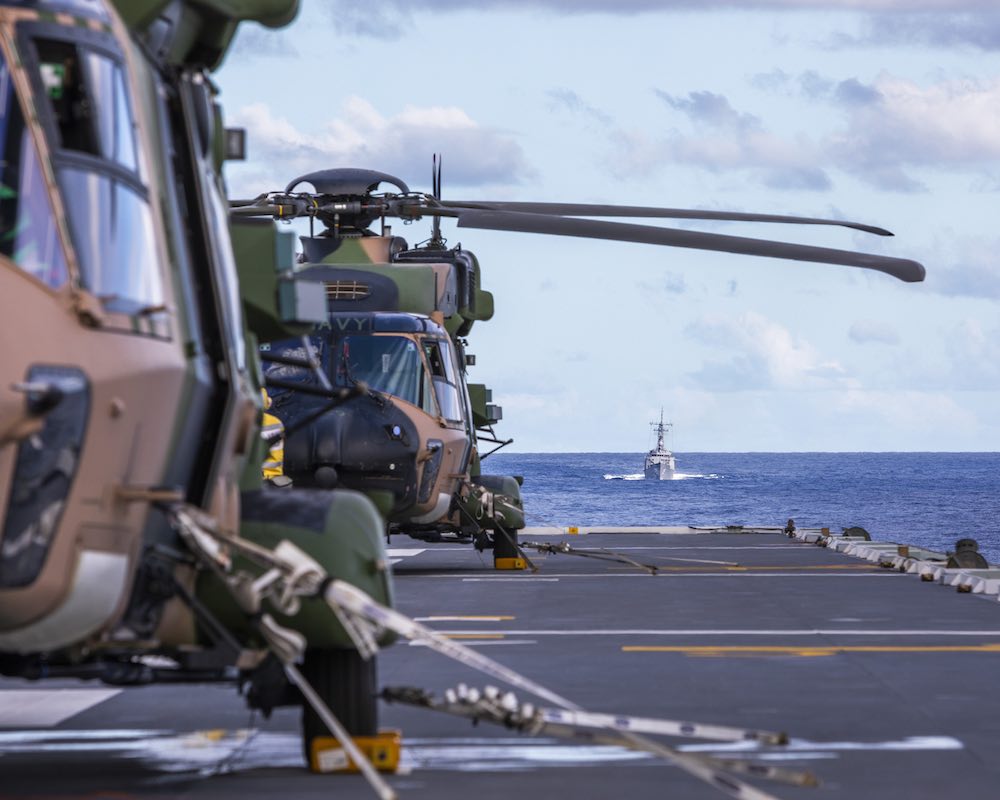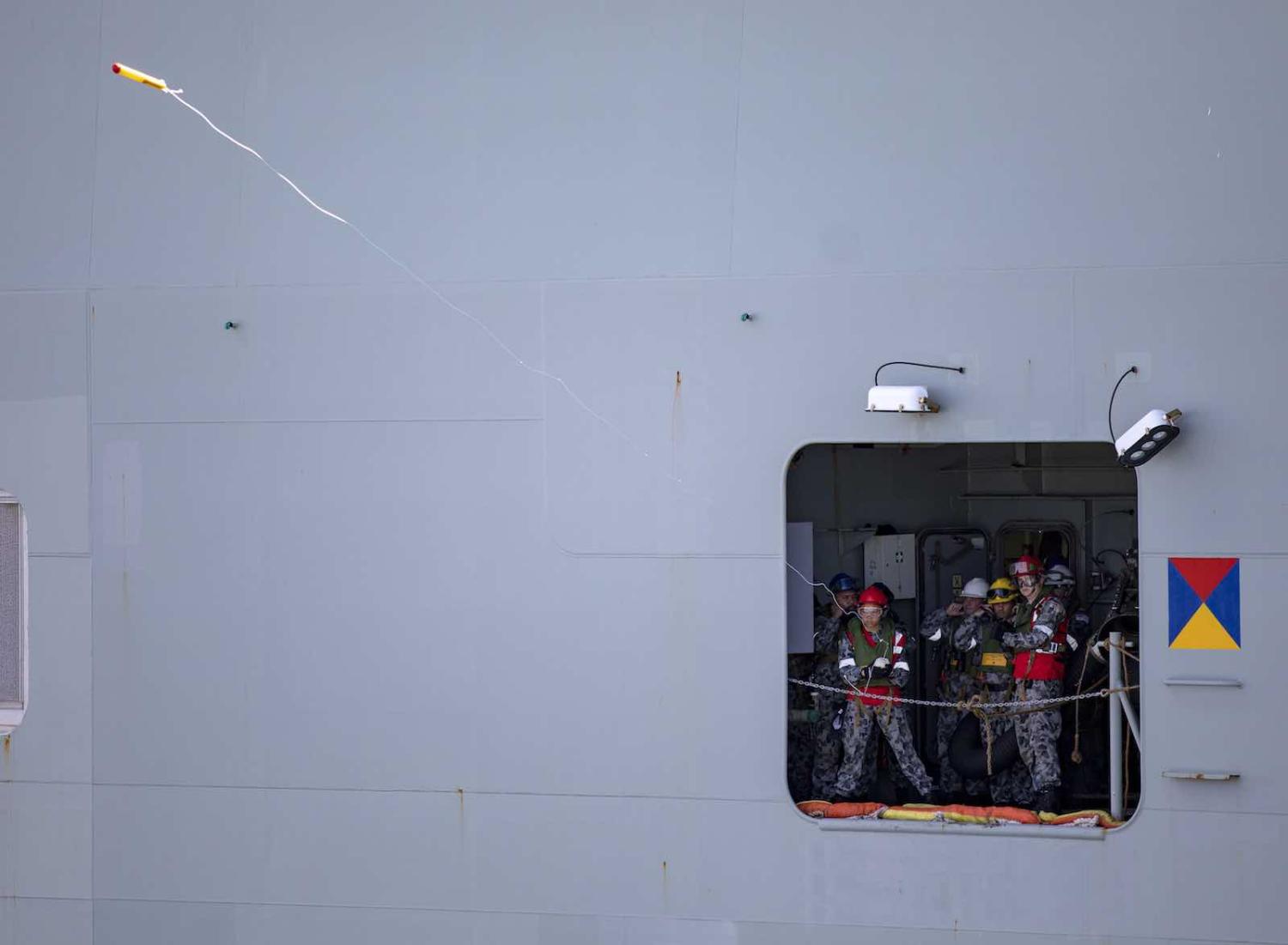Australia’s definition of the “Indo-Pacific” currently includes much of the Pacific Ocean as well as the eastern Indian Ocean, but excludes the western Indian Ocean. This is no longer a sensible or useful way of defining our region. Australian policymakers need to include the island states of the western Indian Ocean in our Indo-Pacific strategy, even if only in a fuzzy way.
Australia has been an early adopter of the Indo-Pacific as a way of defining its region, which is now becoming ubiquitous in official pronouncements and policymaking.
The 2017 Foreign Policy White Paper defined the Indo-Pacific as “the region ranging from the eastern Indian Ocean to the Pacific Ocean connected by Southeast Asia, including India, North Asia and the United States”. This definition was adopted for good reasons, at least at the time. It largely aligned with US perspectives. It also prioritised Australia’s focus on India and its eastern neighbours, while impliedly reducing Australia’s strategic focus on the Middle East. For example, it provided a conceptual underpinning for the gradual reduction of naval resources committed in the Persian Gulf/western Indian Ocean and their reallocation closer to home.
But a strategy that involved dividing the Indian Ocean in two was never going to work in the long term. There is no sense in slicing in half the key sea lines of communication that run from the Persian Gulf across the Indian Ocean. Strategic competition with China is now happening in the western half of the Indian Ocean just as much as the east.

Australia’s partners in the Indian Ocean now see the Indo-Pacific as extending to the coast of Africa and including the Arabian Sea.
Perhaps, not surprisingly, India places significance on Indo-Pacific cooperation in the western Indian Ocean. Foreign Minister S. Jaishankar recently articulated the importance of an extended vision of the Indo-Pacific to include the space up to the coasts of Africa.
Policymakers in Washington are also beginning to extend their Indo-Pacific strategy into western side of the Indian Ocean. Until now, US official definitions of the Indo-Pacific region ended at the western border of India. This reflected bureaucratic divisions between USINDOPACOM and USCENTCOM. More importantly it reflected Washington’s longstanding conceptual separation of the “Middle East” and “Asia Pacific (plus India)” as different regions.
It does not necessarily mean sending Australian warships to the western Indian Ocean that might be better deployed closer to home. But it does mean we should seriously consider upping the ante on regional engagement, so that we can at least keep a seat at the table.
But the US National Defense Authorization Act 2020 has now muddied this distinction by prescribing expanded US-India military cooperation in a new area that it calls the “Western Indian Ocean” (i.e. the western side of the Indian Ocean and the Arabian Sea, but not the Persian Gulf). This space is within the current areas of responsibility of three US Combatant Commands – USINDOPACOM, USCENTCOM and USAFRICOM. The practical effect of this mandate is to signal the de facto extension of Washington’s conception of the Indo-Pacific to the east coast of Africa, while retaining some degree of fuzziness. At least in theory, US-India defence cooperation can now expand significantly across this extended area while USCENTCOM continues to cooperate separately with Pakistan.
France and Japan, our other key Indian Ocean partners, also have extended visions of the Indo-Pacific that very much include the western Indian Ocean. Both are now upping the level of diplomatic, political and security engagement with that region.
Why does this matter for us? Australia’s concerns regarding China’s influence operations in the Pacific islands have diverted our attention from similar contests that are occurring among Indian Ocean island states. We have seen this in Sri Lanka and the Maldives, with similar contests are beginning to occur in Madagascar, Seychelles and, perhaps, soon Comoros. Like the Pacific, these contests for influence underpin Beijing’s efforts to gain control resources (marine, energy, mineral and agricultural) and access to military facilities.
It is important to show support for our key Indian Ocean strategic partners, the United States, India, France and Japan, in their efforts to help the island states mitigate undue influence and economic coercion, just as we will need their support in the Pacific and elsewhere.
Of course, Australia has limited military, diplomatic and political resources, which will need to be prioritised and reprioritised in response to new challenges.
That does not necessarily mean sending Australian warships to the western Indian Ocean that might be better deployed closer to home. But it does mean we should seriously consider upping the ante on regional engagement, so that we can at least keep a seat at the table.
There are many useful measures that can be taken at modest cost. This includes joining regional groupings such as the Indian Ocean Commission, which is keen to have Australia on board as an observer following applications received from China and Russia. We can also provide political and diplomatic support as well as training, technical or policy development expertise. These island states look to Australia as a benign partner, meaning that a little bit of help can go a long way in securing influence.
There is good reason to adopt an extended (if fuzzy) definition of the Indo-Pacific that includes the western Indian Ocean. We need to avoid the temptation to draw bright lines on a map that may have the effect of excluding countries from our Indo-Pacific vision. One of the great strengths of Indo-Pacific concept is its flexibility and its ability to evolve over time in response to new challenges. We are seeing such challenges arise among the island states in the western Indian Ocean.
This article is part of a two-year project being undertaken by the National Security College on the Indian Ocean, with the support of the Department of Defence.

